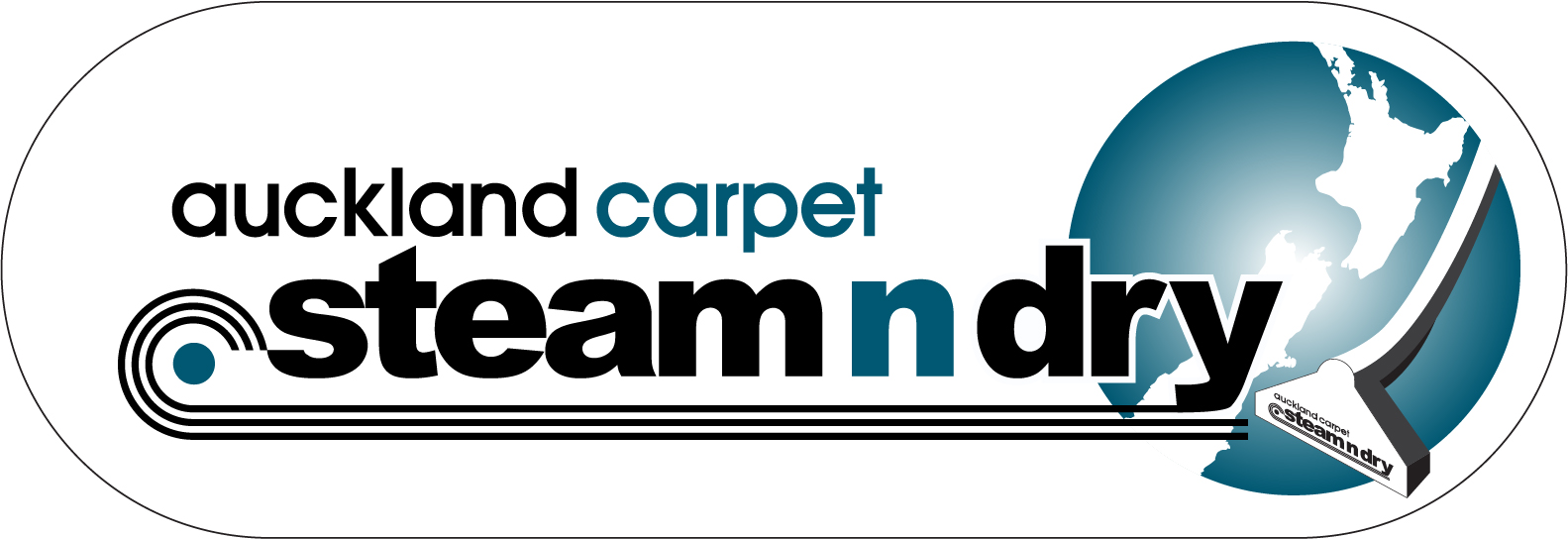What is Flood Water Extraction?
Flood water extraction refers to the process of removing excessive water from indoor environments—such as homes and businesses—following a flooding incident. This procedure is crucial in New Zealand where unexpected weather events, burst pipes, or operational failures frequently result in water accumulating indoors, damaging property and posing health risks. Flood water extraction aims to remove visible water, minimise moisture trapped in materials like carpet and underlay, and prevent long-term dampness and mould growth.
Why Flood Water Extraction Matters
Timely and thorough flood water extraction is essential for protecting both property and health. Lingering water seeps into walls, subflooring and furnishings, leading to structural deterioration and providing an ideal environment for bacteria and mould. According to BRANZ guidance, inadequate water extraction after flooding significantly increases the risk of contamination and future damage.
- Reducing Health Risks: Rapid removal helps stop the growth of harmful microorganisms, which can trigger asthma and other respiratory issues.
- Protecting Assets: Immediate water extraction can salvage flooring, furnishings, and personal belongings that might otherwise be lost.
- Restoring Habitability: By drying out the premises, occupants can return to safe living or working conditions sooner.
- Minimising Long-Term Costs: Effective extraction and drying help limit hidden damage, resulting in less expensive repairs in the future.
Step-by-Step Process of Flood Water Extraction
Flood water extraction typically involves a structured sequence of actions, evolving from initial assessment to complete drying. Here’s a breakdown of the process commonly followed in New Zealand:
- Inspection and Moisture Assessment: Professionals perform a survey using moisture meters to identify affected areas and the extent of water intrusion, including spots hidden under floors, behind walls, or beneath carpets.
- Safety Preparations: Before extraction begins, technicians ensure electricity is safely managed, move furniture and personal items from affected zones, and wear appropriate protective gear for health and safety.
- Bulk Water Removal: High-powered extraction pumps, such as truck-mounted units, are deployed to remove standing water swiftly. For multi-level buildings, portable extractors may also be used.
- Water Detection Under Surfaces: Carpets and underlays are often lifted to check for concealed moisture. Any saturated underlay is removed to prevent lingering dampness and potential mould growth.
- Structural and Surface Drying: Air movers (large fans) and industrial dehumidifiers are installed to reduce environmental humidity and help building materials dry thoroughly over days or weeks.
- Monitoring and Verification: Regular inspections and moisture readings are performed until all readings confirm safe, dry conditions.
Best Practices for Flood Water Extraction
- Swift Response is Key: The sooner extraction starts, the higher the chance of salvaging carpets, furnishings, and even structural materials.
- Use Professional Equipment: Standard household vacuums are not designed for flood water. High-suction pumps and commercial-grade wet vacuums are essential. Truck-mounted extractors and multi-stage vacuum systems can remove significant quantities of water quickly.
- Ensure Complete Drying: Even after the water seems gone, moisture can remain. Always use moisture meters to inspect below surfaces and inside cavities.
- Sanitise Post-Extraction: Floodwater can introduce bacteria, chemicals, or sewage. Surfaces should be cleaned and sanitised after drying using industry-recommended cleaning products. Guidance available in the CRI cleaning standards can assist with safe cleaning protocols.
- Document the Process: Keep records and photographs of the extraction and drying stages for insurance or property management needs.
Real-World Example: Flood Water Extraction in Auckland
Consider a scenario where heavy rain causes an overflowing gutter and water enters a family’s lounge and basement. The occupants quickly identify the issue. Within an hour, a team of technicians arrives. Using powerful extraction units and moisture meters, they remove visible water from the carpet and floors and identify saturation beneath the underlay. Following industry best practices, the underlay is removed, drying units are set up, and the team checks daily until dry. As a result, the family’s flooring and much of their furniture are saved, and mould infestation is avoided.
Experienced local operators in Auckland note that every flood event has its own complexities. For example, water may travel further under raised timber floors than what’s obvious on the surface. For more restoration scenarios and practical guidance, see about us auckland steam n dry.
Common Mistakes and Pitfalls in Flood Water Extraction
- Delaying Action: Waiting to extract water allows further penetration, more complex restoration, and increases health risks.
- Incomplete Extraction: Removing only surface water, without checking beneath materials, often leads to persistent odours, structural damage, and eventual mould problems.
- Improper Use of Equipment: Inadequate or consumer-grade equipment fails to remove water efficiently, especially from dense carpets or subfloors.
- Neglecting Health and Safety: Floodwaters often contain contaminants. Use appropriate PPE and avoid direct contact, especially in areas affected by sewage or chemical spills.
Conclusion: Key Takeaways for Flood Water Extraction
Flood water extraction is a multi-stage process that demands prompt, professional intervention. Effective extraction and drying can be the difference between a complete recovery and ongoing damage. By following evidence-based steps, using proper equipment, and continuously monitoring moisture, property owners can restore homes and workplaces to safe, healthy conditions. Always be prepared by familiarising yourself with emergency procedures and expert resources.
FAQ
- How quickly should flood water extraction begin after a flood?
Ideally, within the first 24 hours, to minimise long-term damage and health hazards. - Can household equipment handle flood water extraction?
Most household appliances are unsuitable; professional gear is recommended for thorough results. - How do I check that my property is completely dry?
Moisture meters and regular monitoring are essential; surfaces that feel dry might still be damp internally. - Does carpet always need to be replaced after a flood?
Not always—prompt extraction and drying improves the chances of salvaging carpets, but severe contamination or prolonged saturation might necessitate replacement.
References
- BRANZ flood restoration PDF: Authoritative New Zealand guidance on drying and restoring buildings after flooding.
- CRI cleaning standards: International standards for carpet cleaning, including best practices for flood response.




